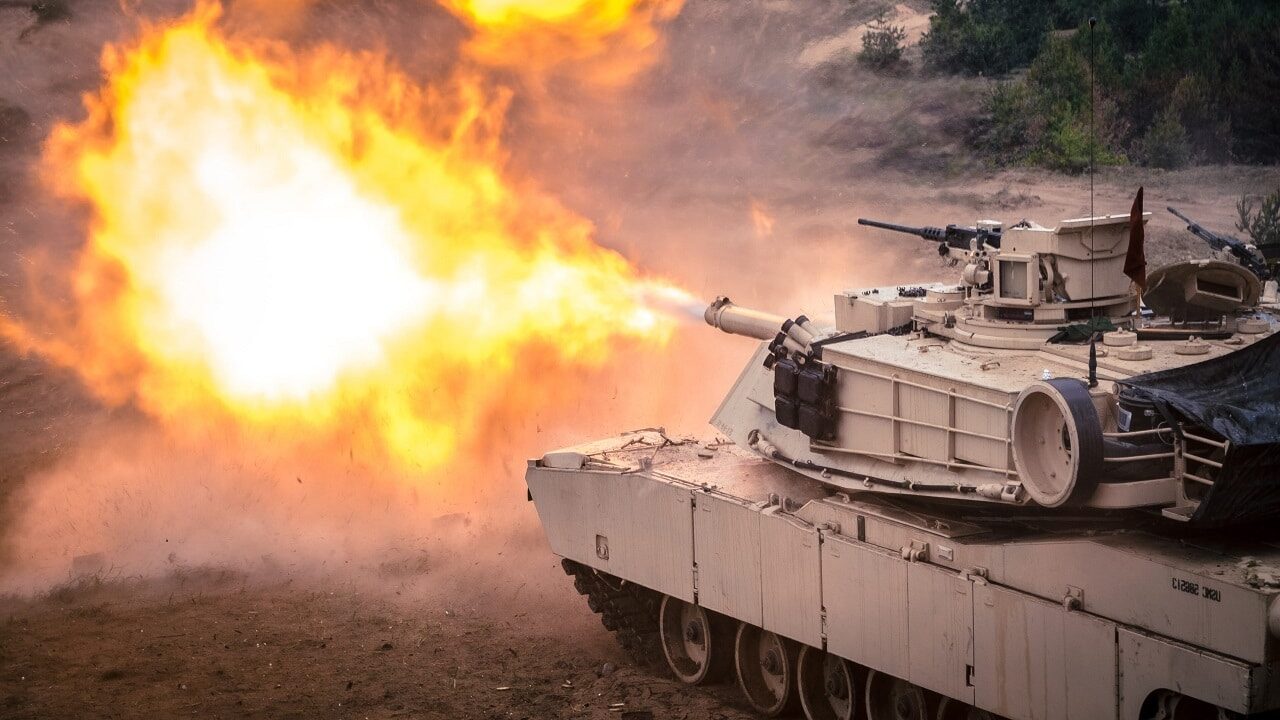How does a country join NATO? What’s the process? How long does it take? How easy is it? These are some of the technical questions Finland and Sweden had to consider before they applied to join the NATO transatlantic military alliance.
Despite decades of non-alignment—Sweden even managed to stay out of World War Two, which ravaged Europe—the two Scandinavian countries decided to join NATO after they felt threatened by the increased Russian truculence in eastern Europe following the illegal and unprovoked invasion of Ukraine.
How to Join NATO 101
To join NATO, a country must first be invited by the transatlantic military alliance. Then a thorough review begins. According to the U.S. State Department, as a minimum, aspiring NATO members must meet the following five requirements:
-New members must uphold democracy, which includes tolerating diversity.
-New members must be in the midst of making progress toward a market economy.
-The nations’ military forces must be under firm, civilian control.
-The nations must be good neighbors and respect sovereignty outside their borders.
-The nations must be working toward compatibility with NATO forces.
-The whole process can take months, even years, depending on the country.
Sweden and Finland have been close NATO partners for years, and they share a lot of weapon systems with the transatlantic military alliance, making their joining should be fairly easy, notwithstanding the Turkish objections.
“President Putin wanted less NATO and therefore he invaded Ukraine. But he is getting more NATO, with more NATO presence in the eastern part of the Alliance and also with more members. And the decision by Finland and Sweden to apply for NATO membership – they are historic decisions. And Finland and Sweden as NATO members will strengthen NATO and also strengthen our transatlantic bond,” NATO Secretary-General Jens Stoltenberg said after meeting with U.S. President Joe Biden at the White House last week.
However, there is also the matter of Turkey, a NATO member since 1952, which is blocking the Swedish and Finnish applications over cynical and domestic reasons.
Established in 1949, NATO had 30 member states. the United Kingdom, Belgium, Canada, Denmark, France, Iceland, Italy, Luxembourg, Netherlands, Norway, Portugal, Albania, Lithuania, Bulgaria, Montenegro, Croatia, Czech Republic, Poland, Estonia, Romania, Germany, Slovakia, Greece, Slovenia, Hungary, Spain, Turkey, Latvia and North Macedonia, and the U.S.
Ukraine and NATO
These requirements also apply to Ukraine, which has been thinking of joining the alliance in light of the Russian aggression. Although Kyiv has made strides in some of the above, it was still falling short in some regards before the war began. And now, a potential Ukrainian application to NATO hinges on how the war ends.
Article 5 of the transatlantic military alliance stipulates that if a member is attacked by a third party (both state and non-state actor), all members are obliged to come to its aid. This “one for all and all for one” clause would be problematic in the event that Ukraine doesn’t push the Russian forces completely outside of its borders. An active warzone like the one Ukraine has had on the Donbas since 2014, when Moscow first invaded Ukraine and annexed Crimea, is “baggage,” and the alliance would never accept a country that would put it to war automatically upon becoming a member.
1945’s New Defense and National Security Columnist, Stavros Atlamazoglou is a seasoned defense journalist specializing in special operations, a Hellenic Army veteran (national service with the 575th Marine Battalion and Army HQ), and a Johns Hopkins University graduate. His work has been featured in Business Insider, Sandboxx, and SOFREP.

